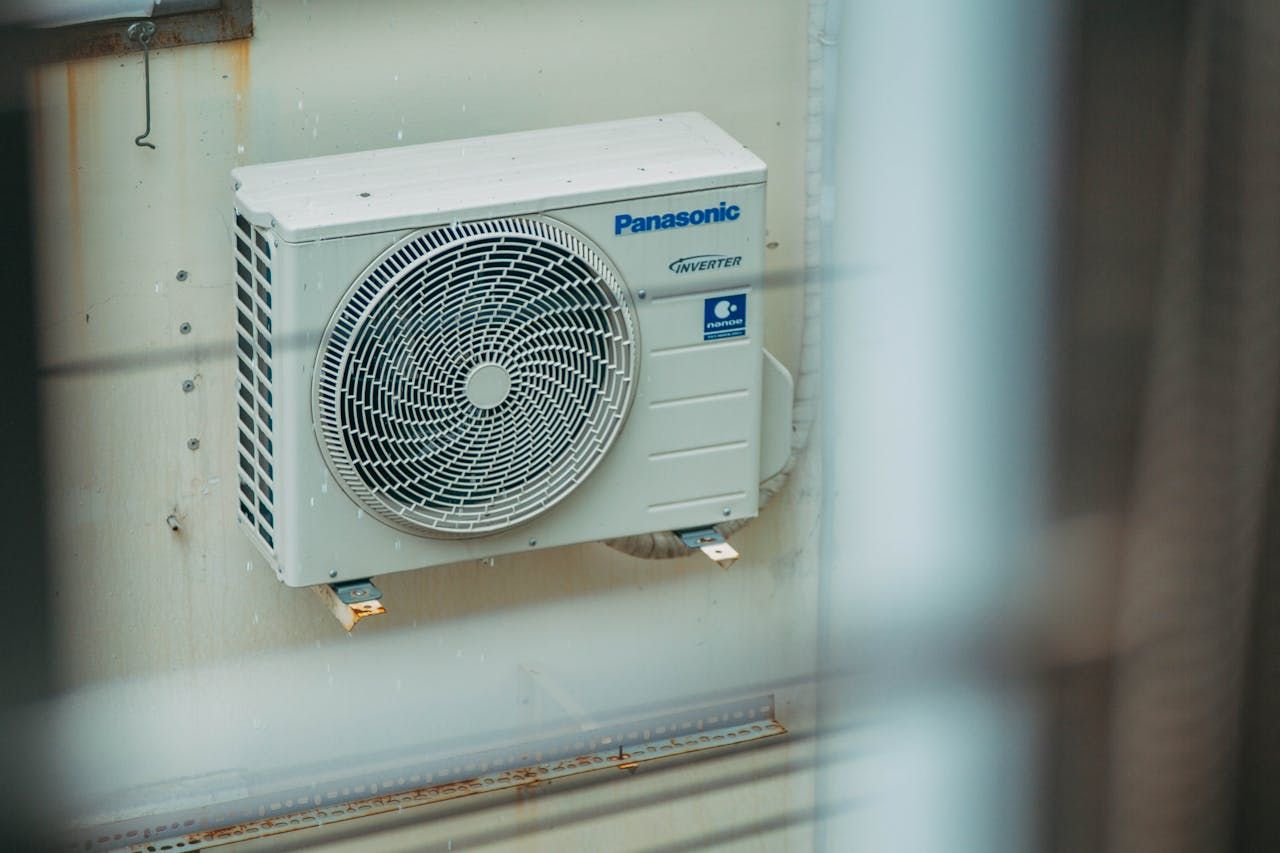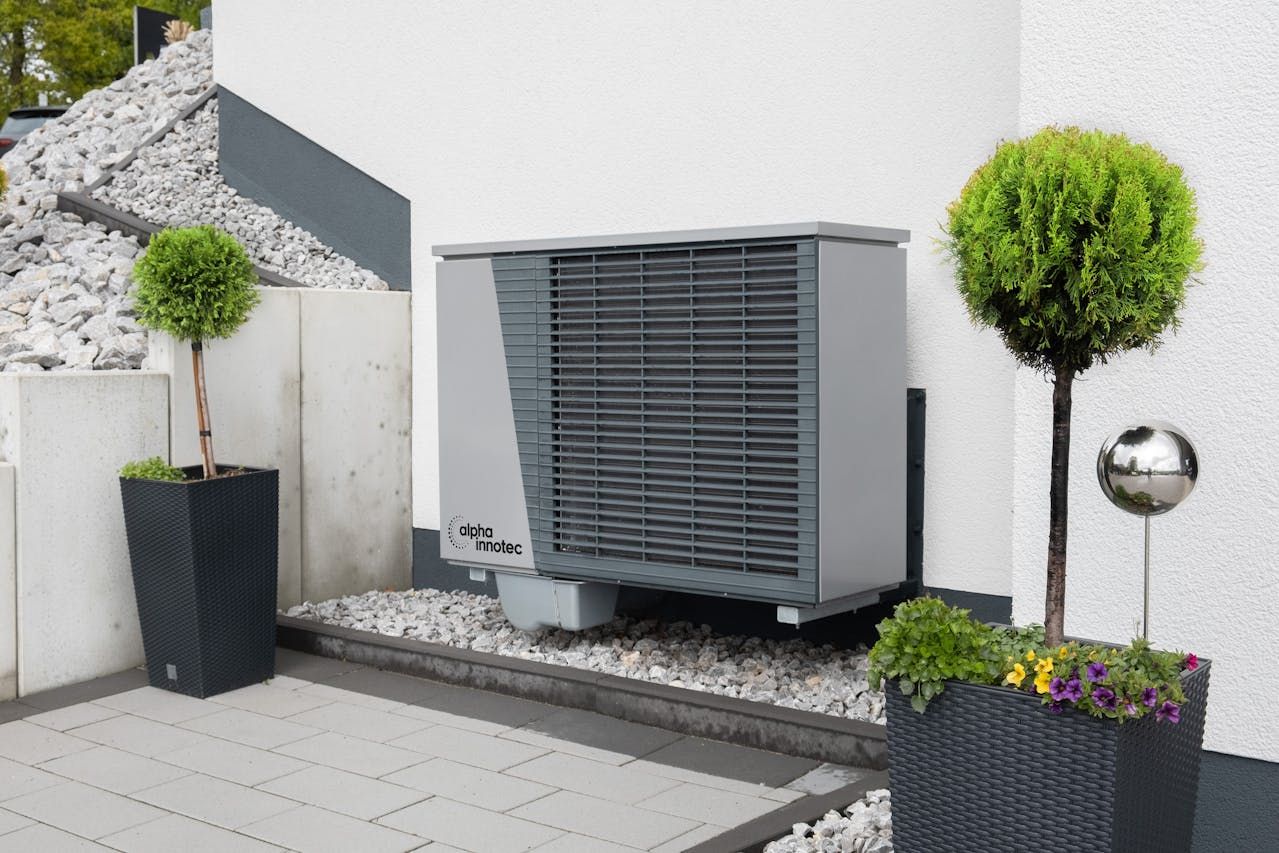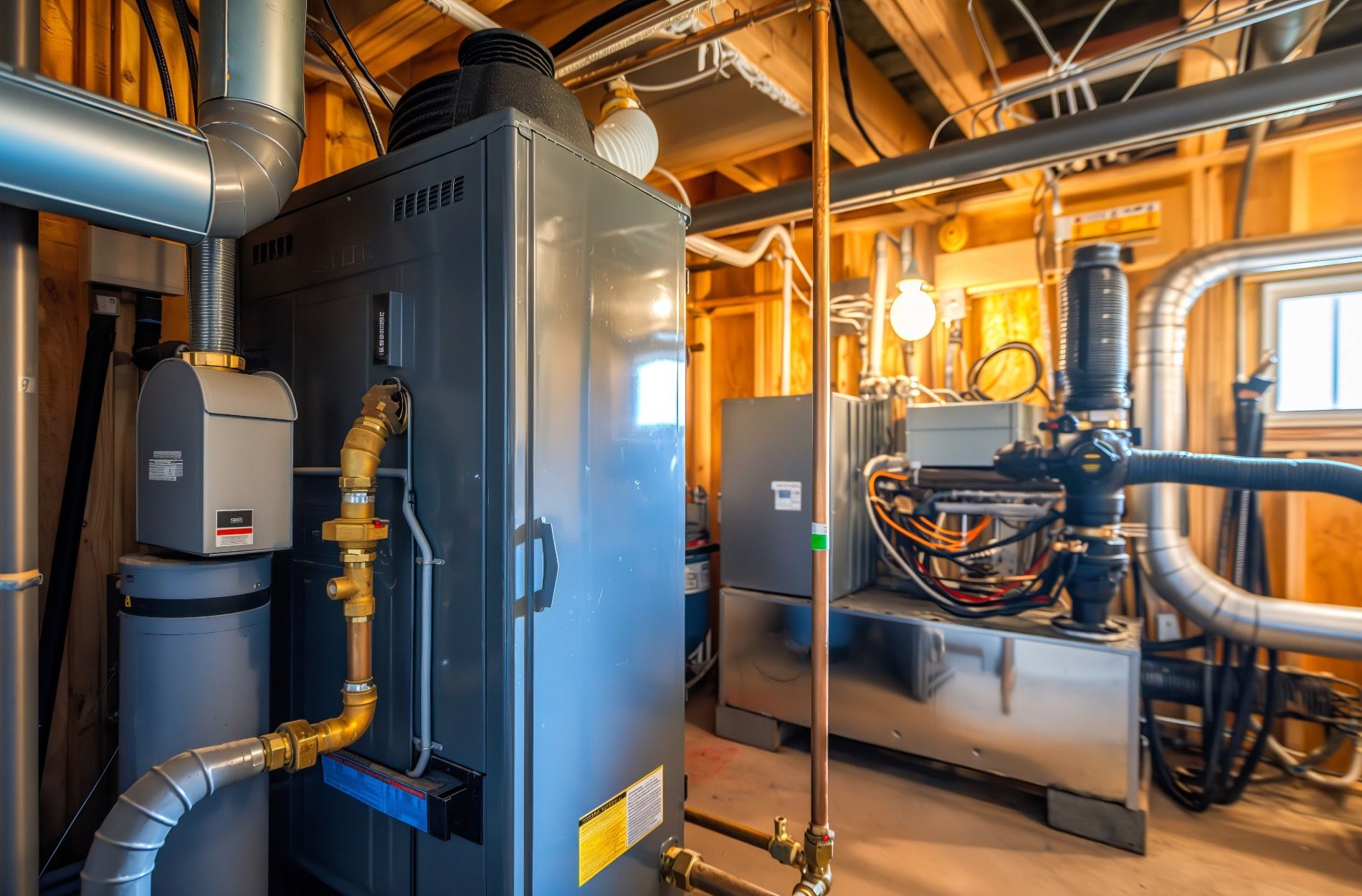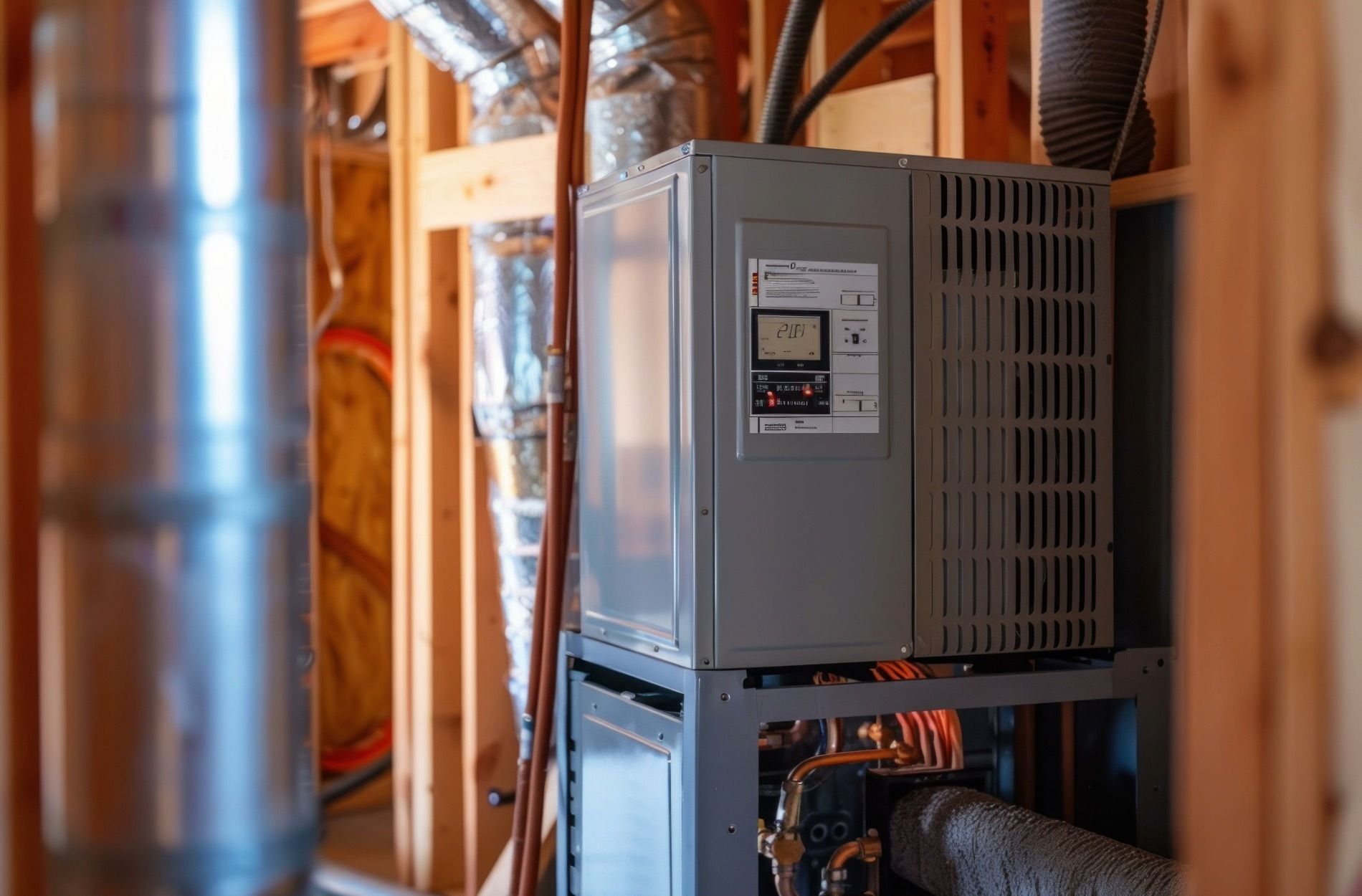
Transitioning from Fall to Winter: How Humidifiers Can Help
The shift in indoor air quality from fall to winter presents a unique opportunity to address indoor air quality and climate control in the form of using humidifiers in your home during cooler months. Advantages of using such a device include improved comfort level and better air quality, however, choosing the right humidifier for your home and addressing common concerns are essential for ensuring optimal performance. In this post, we will look at the benefits of using humidifiers, how to select the right one, and common home humidifier concerns.
The Shift in Indoor Air Quality: Fall to Winter
The shift in indoor air quality from fall to winter can have a significant impact on overall air quality, health, and wellbeing. In particular, the drop in outdoor temperatures due to winter can lead to an increased indoor air humidity level. This may result in higher levels of mold, mildew, and dust, which can occur in areas with minimal or no ventilation. Therefore, it is important to be mindful of air quality throughout the winter months.
Similarly, there is an increased risk of airborne viruses during the winter months as individuals remain indoors for prolonged periods of time. This occurs due to the fact that during cold weather, people typically opt to keep all windows and doors closed, resulting in an insufficient exchange of external and internal air. In addition, pollutants such as dust, smoke, and pollen can become trapped indoors, particularly in areas with minimal air circulation and ventilation.
Certain forms of heating such as gas and kerosene heating can release potentially hazardous levels of ozone and particulate matter into the air, as well as disturb biological growth, including mold, mildew, and dust. These pollutants can have a range of negative effects on health, such as causing difficulty in breathing, headaches, eye irritation, fatigue, and lung damage.
On the other hand, it is important to note that many of these health risks can be reduced through the implementation of certain measures. For instance, using high-efficiency filters in heating and air conditioning systems, as well as regularly maintaining the systems, can be beneficial in improving indoor air quality. Additionally, regular dusting, vacuuming, and mopping, can reduce the risk of dust mites and contribute to better air quality.
As a result, it is important to adhere to preventative measures in order to maintain indoor air quality, especially during the colder months. In contrast to simple methods of improving indoor air such as keeping windows and doors open if possible, more complex solutions such as installing an air purification system may also be explored. It is essential to be mindful of changes in indoor air quality throughout the winter in order to improve health and wellbeing.
Benefits of Using Humidifiers in Your Home during Cooler Months
During the cooler months, using a humidifier in your home can bring many benefits. Humidifiers are useful all year round, particularly if you suffer from an allergy to dust or pollen. Humidifiers are especially beneficial during the winter months, as they can help to improve air quality, protect wooden and leather furniture, and reduce snoring.
Firstly, humidifiers increase the indoor air humidity levels, resulting in dry skin and irritated sinuses being relieved as the air retains water more readily. This also helps to reduce the amount of static electricity in the air. In addition, a humidifier can protect the wooden and leather furniture in your home from cracking – dry air can take the moisture out of these materials, leading to movement and creaking.
Running a humidifier in the bedroom has been proven to reduce snoring caused by dry air irritating the throat. Humidifiers also help to reduce the amount of dust and allergens in the air without the need for a filter, as the air becomes too damp for them to float – this is a huge bonus for those that suffer from allergies.
Humidifiers can help make an environment more comfortable, as they are very efficient at managing ambient temperatures. This means that the top-up heat required is low, which in turn reduces energy bills. Similarly, using a humidifier can reduce the amount of mould spores in the air. As a result, those who suffer from respiratory issues – such as asthma – are likely to benefit from having a humidifier in the home.
In contrast to purchasing a central humidifying system, a portable unit can be extremely cost efficient. Therefore, anyone wanting to make the most of humidifier’s benefits during the winter months without breaking the bank should think about using a portable model.
Consequently, using a humidifier in your home during cooler months can help to improve overall air quality, protect furniture and reduce snoring, as well as provide economical, energy-saving benefits.
Choosing the Right Humidifier for Your Home
Choosing the right humidifier for your home is an important decision that can have a major impact on the air quality in your living space. When selecting a humidifier, it is important to consider your home’s particular needs and what kind of model would best fit those needs. Humidifiers come in many different sizes and forms to accommodate different rooms and climates. However, it is important to choose the right size, type, and maintenance level for your home.
The size and shape of the humidifier you choose is determined by the size of your room. A too-large humidifier can lead to too high a humidity level, while a too-small humidifier will fail to adequately humidify your space. The type of humidifier you should choose also depends on the size of your room. A warm mist humidifier is best suited for larger rooms, while an ultrasonic humidifier is ideal for a small, closed-off area. If you live in an area with hard water, an evaporator or steam vaporizer might be your best option.
In addition to size and type, it is important to choose a humidifier that is easy to maintain. Many models come with filters that should be replaced regularly, so make sure you understand the maintenance requirements of the model you choose. Furthermore, be sure to research the expected lifespan of the model to make sure it is designed to last for several years. Similarly, if you have children or pets, you may want to choose a unit that features safety features.
When choosing the right humidifier for your home, it is important to consider the size of the room, the type of humidifier, and the level of maintenance it requires. With careful consideration, you can pick the perfect model to keep your home comfortable and healthy. As a result, your family will be able to enjoy the benefits of a good home air quality.
Addressing Common Home Humidifier Concerns
Home humidifiers provide a convenient way to maintain the desired levels of humidity in buildings, and they can help people protect their furniture, clothing, wood floors, and wallpaper from the effects of dry air. However, when people are considering purchasing a humidifier, they may have common concerns about their effectiveness, cost, noise generated, the potential for mold, or the amount of maintenance involved.
On the other hand, most of these apprehensions are easily addressed. For instance, understanding a few basic principles of humidity and opting for the right type of humidifier can dramatically reduce the chances that any of these issues arise. In addition, purchasing a quality product will typically come with directions for extremely minimal maintenance, relieving a lot of unnecessary worry.
Similarly, the cost of a humidifier can be recouped in a short time if it is used to protect engraved wood furniture, fabrics, and other items like paintings that may be adversely affected by excessively dry air in the home. Since humidifiers are designed to operate off the energy of the home, its costs are negligible in comparison to more elaborate electric dehumidifiers which are more expensive to run.
In contrast, it’s important to watch out for the levels of humidity generated by the humidifier and make sure the atmosphere doesn’t become overly moist. For instance, indoors, the humidity should be maintained in the range of 30%-50%. Moisture beyond 50% can quickly lead to the growth of mold, allergens, and bacteria. As a result, many modern humidifiers also have built-in systems that monitor the levels of humidity and adjust the output accordingly to ensure that it’s within the recommended range.
Consequently, most of the concerns people may have about home humidifiers can be addressed through proper selection, operation, and maintenance. In this way, home humidifiers can provide an efficient, safe, and cost-effective way to manage the humidity in a home or other building.
Key Takeaways
The shift from fall to winter presents a challenge in terms of indoor air quality because of complex factors such using your heating systems, colder climates, and dry air. Utilizing humidifiers in one’s home during the winter months is a great way to combat the dry air, and has benefits of improved air quality, relieving discomfort caused by the dry air, and enhancing overall comfort. When considering a humidifier for the home, there are a variety of models to choose from, such as cool mist, warm mist, and ultrasonic models, and it is important to select the right one for the best indoor temperature, noise level, and humidifying capacity to meet the needs of the home environment. Additionally, addressing various humidifier concerns, such as areas of water stagnation, mineral dust, mold growth, and frequent cleaning, will ensure optimal indoor air quality.
Frequently Asked Questions
How do humidifiers aid in transitioning from fall to winter?
Humidifiers can help make transitioning from fall to winter more comfortable by adding moisture to the air. This can help relieve congestion, dry skin, itchy eyes, and other symptoms that can come with colder weather. A humidifier can also help you breathe easier and fight off any viruses and bacteria that may be present in the air.
What are the health benefits of using a humidifier during colder months?
Using a humidifier during colder months can offer numerous health benefits. Humidifiers help add moisture to the air during the drier winter months. This can help alleviate many of the common winter ailments. A few of the health benefits of using a humidifier during colder months include:
– Reduced risk of infection – Being in a more humid environment helps reduce the risk of catching a cold or other illness as dry air can inhibit the growth and reproduction of viruses and bacteria.
– Reducing static electricity – Dry air can create a buildup of static electricity, which can be uncomfortable and cause electric shocks. Adding moisture to the air helps alleviate this issue.
– Improved respiratory health – Dry air can be especially damaging to those with respiratory problems such as asthma, as it can exacerbate symptoms like coughing, wheezing, and difficulty breathing. Using a humidifier during the winter months can help improve one’s breathing experience.
– Improving skin health – Winter is a dry season that can leave skin feeling itchy and dry. A humidifier can provide additional moisture to the air that will help keep skin and mucous membranes hydrated.
– Easier sleeping – For people who have difficulty sleeping in a dry environment, using a humidifier can provide relief. This could lead to deeper and more restful sleep.
How do I determine the right size of humidifier for my home?
The size of humidifier you will need depends on the size of your home. Generally, you should use a humidifier that can add around 1/2 gallon (about two quarts) of moisture per hour to the air for a standard size living area. If you have a very large home, you will need a humidifier with a higher moisture output. You should also measure the amount of humidity currently present in your home and compare it to the ideal range (about 30-50% humidity). If the humidity is already higher than these levels, you may not need to purchase a humidifier.
Can using a humidifier help reduce heating costs?
No, using a humidifier will not reduce heating costs. Humidifiers add moisture to the air, making it more comfortable,but they don’t actually make rooms warmer. Heating costs are determined by the amount of heat needed to maintain a comfortable temperature. Adding humidity to the air may make it feel warmer, but it does not affect the actual temperature or the cost of heating a room.











